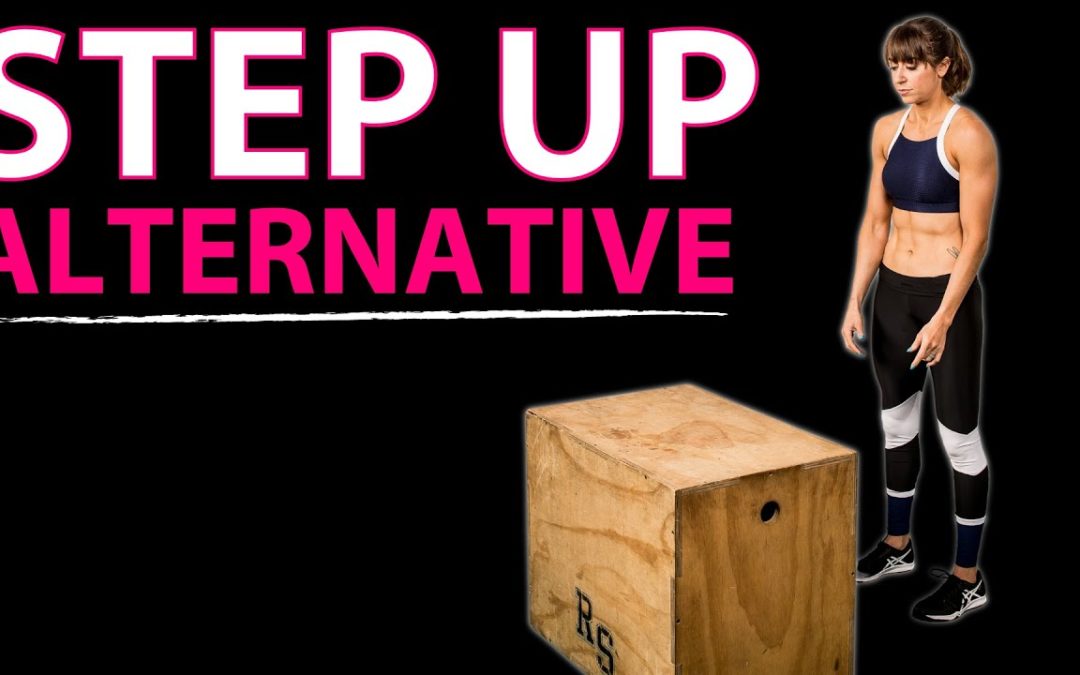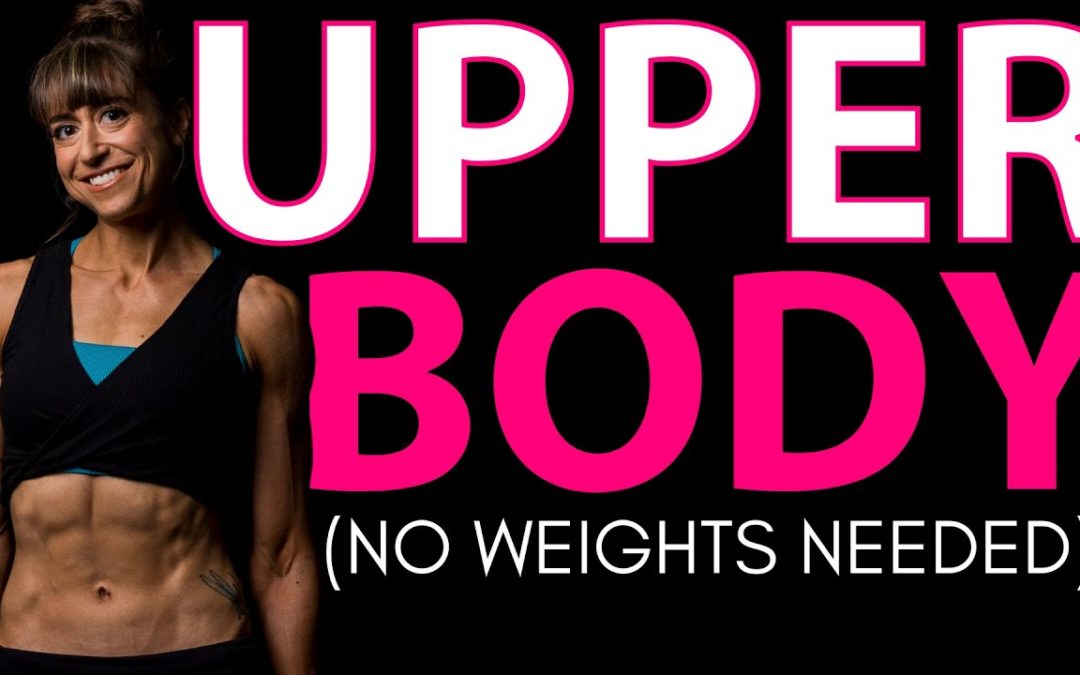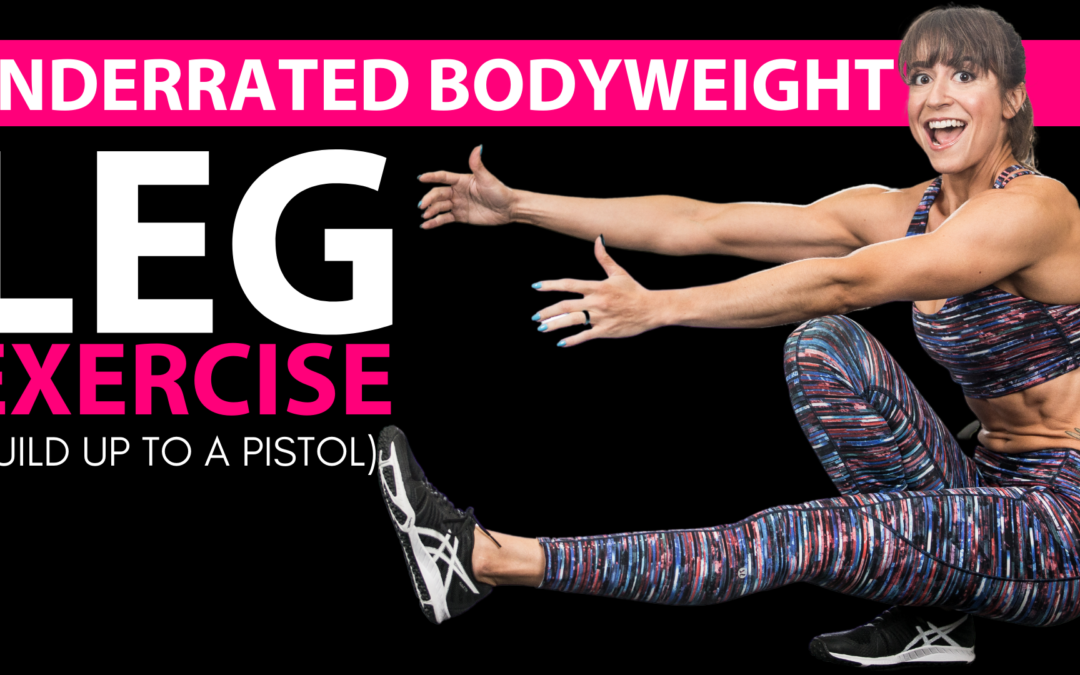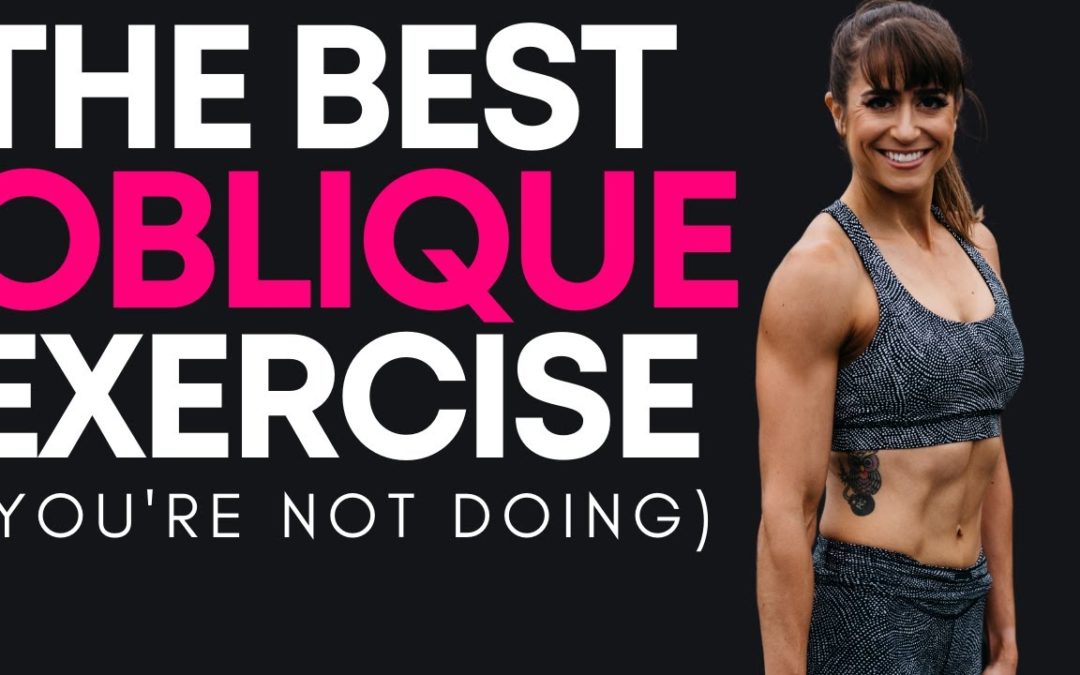
by Cori Lefkowith | May 29, 2022 | Blog, Bodyweight, Core, Exercises, Functional Fitness, Pain Relief, Runner's
Want a great move to include in your bodyweight interval cardio workouts that isn’t jumping, but will for sure get your blood pumping? Want a full-body core intensive move you can utilize in so many different ways? Ready for a move you can modify to match your fitness...

by Cori Lefkowith | May 9, 2022 | Blog, Bodyweight, Butt, Exercises, Functional Fitness
Not every variation of every move is going to be right for you. Especially if you’ve had injuries in the past you’re rebuilding from. If you’ve struggled with knee or hip pain, especially on one side, you may want to focus on unilateral moves. Unilateral, or one sided...

by Cori Lefkowith | May 1, 2022 | Blog, Bodyweight, Exercises, Functional Fitness, Push Ups, Travel Workouts, Workouts
There is always a way to keep moving forward consistently toward our goals working around the challenges life throws our way. And while it may not be our ideal workout or schedule, doing SOMETHING is always better than nothing and can keep us moving forward toward our...

by Cori Lefkowith | Feb 14, 2022 | Blog, Bodyweight, Butt, Exercises, Functional Fitness
Too often we only think about progressing movements to build muscle by adding loads. However, you can build muscle by creating progression in other ways especially if you don’t have any tools at your disposal. If it challenges you, it will change you. So if you’re...

by Cori Lefkowith | Dec 21, 2021 | Blog, Core, Exercises, Functional Fitness, Runner's
A few of the most common moves I see done for oblique work are the Pallof Press, side planks and teapots (love them or hate them…which is a topic for another day). But my favorite is actually a unilateral balance challenge and bodyweight exercise. This move requires...






